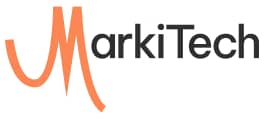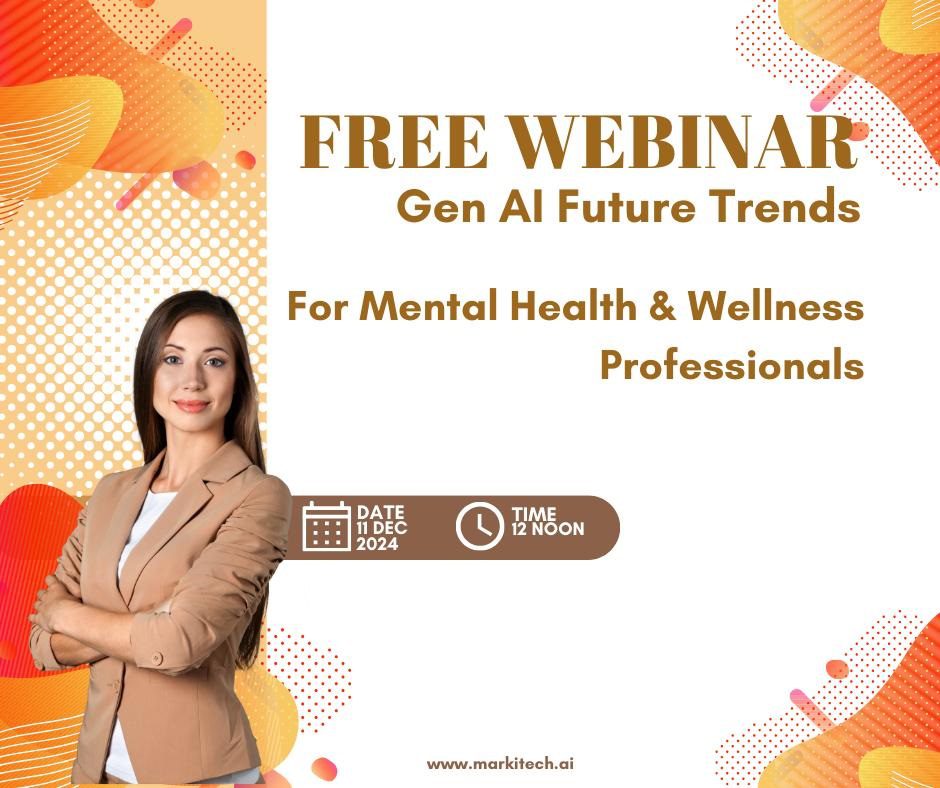Artificial intelligence. Hardly a day goes by without another tech billionaire prophesying our destruction. Little wonder: the big data breakthroughs of the past decade have been truly groundbreaking. Machine learning algorithms can now produce humanlike text, tailor our media recommendations, and even drive cars. Just take a look at the advances from AI development companies in healthcare. Indeed, with so much data, our computers know more about us than us.
But what do you do if you don’t have reams of data? That’s where small data machine learning comes in.
“Small Data” approaches, where limited datasets are used for machine learning, are gaining ground. Here, we explore five incredible micro facts about the small data revolution.
1. There are five types of small data approaches
- Transfer learning.
- Data labeling.
- Artificial data generation.
- Bayesian methods.
- Reinforcement learning.
2. Transfer learning is the game-changing
Transfer learning, also known as “fine-tuning,” is used when you have limited data on one problem but loads of data on a related problem. First, you train your model using the big data set. Then, retrain using the smaller dataset.
That raises new possibilities for how AI is used in healthcare.
In Bangalore, India, researchers used small data transfer learning to locate kidney stones in ultrasound images. The technique remarkably only needed 45 training images. At Veyetals.com, we had little data on oxygen levels below 95% and similarly for blood pressure above and beyond normal range - we used transfer learning to improve our AI.
For AI development companies in healthcare, it’s a game-changing discovery.
There’s a problem though. While transfer learning requires significantly less data, the approach is much less robust than for big data.
3. Small data make better machine multi-taskers
Part of the challenge for AI is to apply the lessons they have learned (“outputs”) to newer, more general questions (“inputs”). That’s quite a task for big data. But for transfer models, it is substantially easier.
Already, transfer learning allows pre-trained models to rapidly train on new tasks, reducing the overall computational resources needed for training.
Consider that training large neural nets eats up five times the lifetime carbon emissions of an average American car; that’s a critical saving. That means artificial intelligence in healthcare can be more rapidly deployed than ever before.
4. Collective learning pools data
When individual companies want to automate similar machine learning approaches, they use collective learning. Here, a third-party AI solution uses collective learning to consolidate disparate datasets. Then, it can learn the underlying structure – particularly when abstracting sentences.
For instance: Using customer service requests, machine learning could identify the person, product, and actions for each sentence. Thereby improving the future customer service responses for all companies involved. We are using similar techniques at one of our startup carefall.app where we are using collective learning pools of data about other relevant features to detect the probability of falls in seniors.
5. Transfer learning already changing industry
Even though small data remains a nascent technology, we are seeing early signs of adoption. From cancer subtype discovery, video game playing, and spam filtering, transfer learning has the power to improve modern machine learning radically.
Indeed, a 3-year growth forecast model estimates transfer learning is expected to grow faster than AI research as a whole. For artificial intelligence in healthcare, it’s a tantalizing prospect.
With ever-more experts assuming the future is “big data,” the truth may have always been under our noses. Less reliant on vast data troves, small data opens the door to faster training times. That means the creation of more generalist AIs that can be rapidly deployed to solve new, related problems. AI development companies in healthcare are truly starting to take notice.
That old question: how is AI used in healthcare, might finally be answered.
The future may truly be micro.
Who are we at MarkiTech.AI?
At MarkiTech.AI - we are your ideal partners to discuss your data problems and what is the art of the future of solving major challenges.
MarkiTech.AI, a top AI development company in healthcare, is on a mission to innovate healthcare one project at a time for payers, providers, and end-users. We have completed 40+ HIPAA-compliant projects in healthcare and we are experts in AI / Machine learning with 35+ engineers, data scientists & health care experts.
We would like to offer FREE digital transformational consultancy via our Fractional CTO team of highly experienced individuals and understand your unique technology challenges and see if there is a potential fit.
Book a free consultation today to see how can help digitally transform your business at https://markitech.ca/our-services/
Follow us on LinkedIn at @Markitech for more updates.
Sources: Builtin, Scientific American, Techregister



Recent Comments